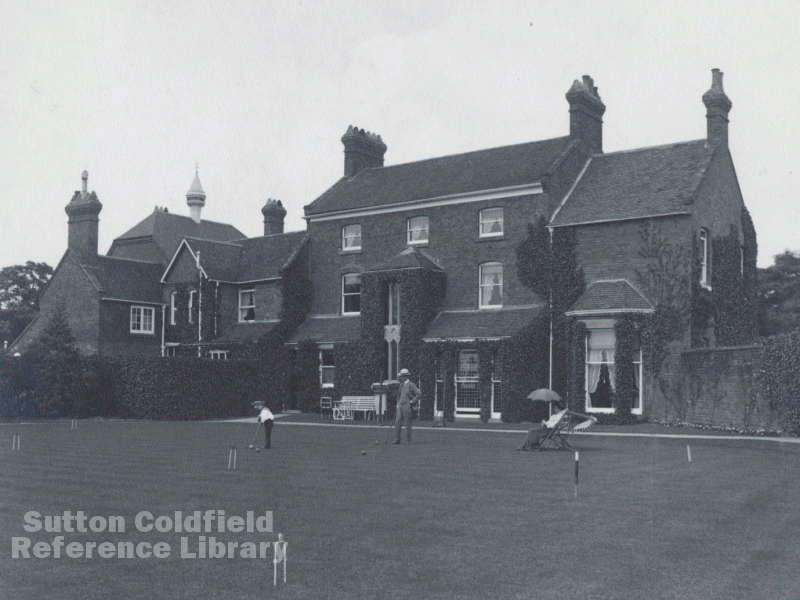In the eighteenth century, treatment of mental illness was carried out by non-licensed practitioners, who often ran their “Madhouses” as a commercial enterprise and with little regard for the inmates. A Parliamentary committee investigating in 1763, found that there were many sane people kept in private asylums for the financial or social benefit of their 'friends' and relatives. Parliament tried to remedy this situation in 1774 - “Whereas many great and dangerous abuses arose from the present state of houses kept for the reception of lunatics, for want of regulations with respect to the persons keeping such houses, the admission of patients into them and the visitation by proper persons of the said houses and patients: and whereas the law, as it now stands, is insufficient for preventing or discovering such abuses” by passing the Madhouse Act. The Act required that madhouses be licensed for a maximum number of inmates and for them to be regularly inspected.
The Warden and Society of Sutton issued a licence at their meeting on 13th July 1792 - “At this sessions Thomas Terry of Sutton Coldfield…surgeon and apothecary is licensed to keep a house…for the reception of lunatics not exceeding ten in number for one year…having paid ten pounds…pursuant to an Act of Parliament…Intitled an Act for Regulating Madhouses.” Three Justices of the Peace were appointed as inspectors. Thomas Terry was a highly-regarded member of the Warden and Society. In a letter to his wife on Wednesday 3rd February, 1790, the Rector wrote that he was taken ill, and had to call in his friend Mr. Terry, who after reassuring the Rev Mr. Riland as to his health, gave him all the political news.
Thomas Terry was later joined by another doctor, Richard Horton, in the running of the Driffold House Asylum. Richard Horton was also a highly respected member of the Warden and Society, being elected Warden in 1841 and 1842 - he lived in High Street, a neighbour of Sarah Holbeche, who went “for our friend Mr. Horton” when her father was ill. Sarah Holbeche noted in her diary “1836 Mr. Horton gave up the Driffold”.
George Bodington took on the lease of the Driffold House Lunatic Asylum in Sutton Coldfield, from Richard Horton and William Terry (the property belonged to the Somerville Estate). It was licensed “for the reception of Insane persons, 25 in number, male and female, whereof 5 to be parish pauper patients”. As well as providing accommodation and facilities for patients, Driffold House made a spacious and comfortable home for Bodington’s growing family. (For a full account of Driffold House Asylum written by Andrew Macfarlane, email
On May 1st 1851 Sarah Holbeche wrote of extensive alterations and additions at the Driffold. The 1856 Parochial Valuation itemises the main three-storey house as the lunatic asylum, and lists another twelve houses on the site, forming extensions on either side. Bodington had a large family as well as the nursing staff to accommodate, but seems to have limited the number of patients to about twelve, helping their condition by exercising in the fresh air, with walks in Sutton Park where appropriate.
George Bodington’s son took over the asylum in 1867, and managed it until it was closed in 1884.
